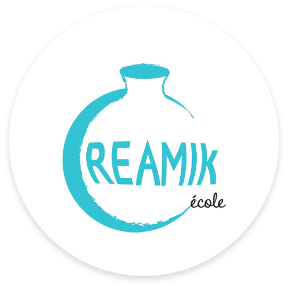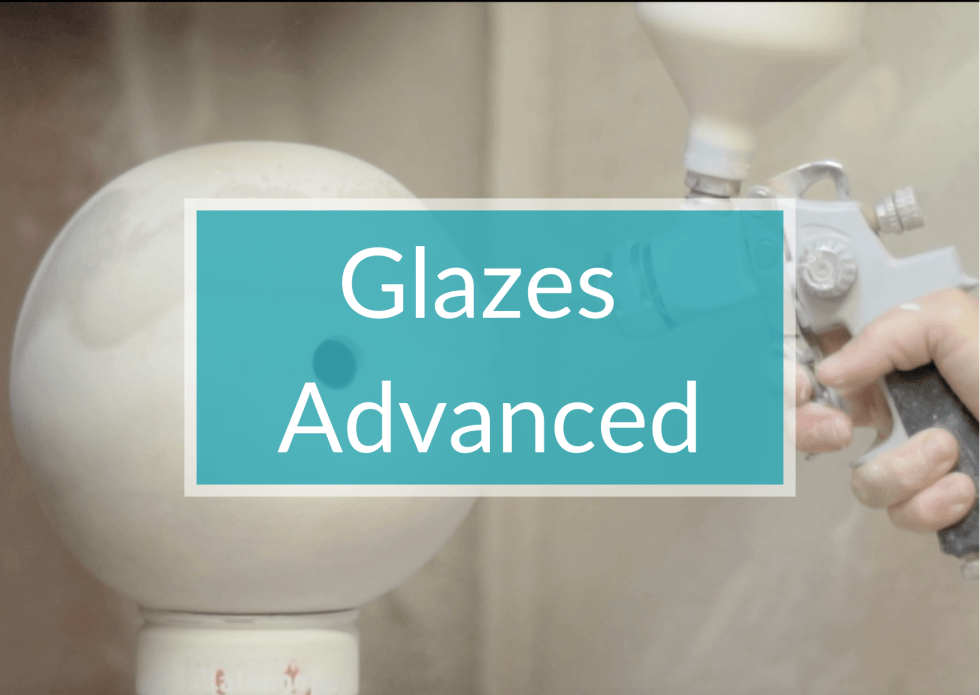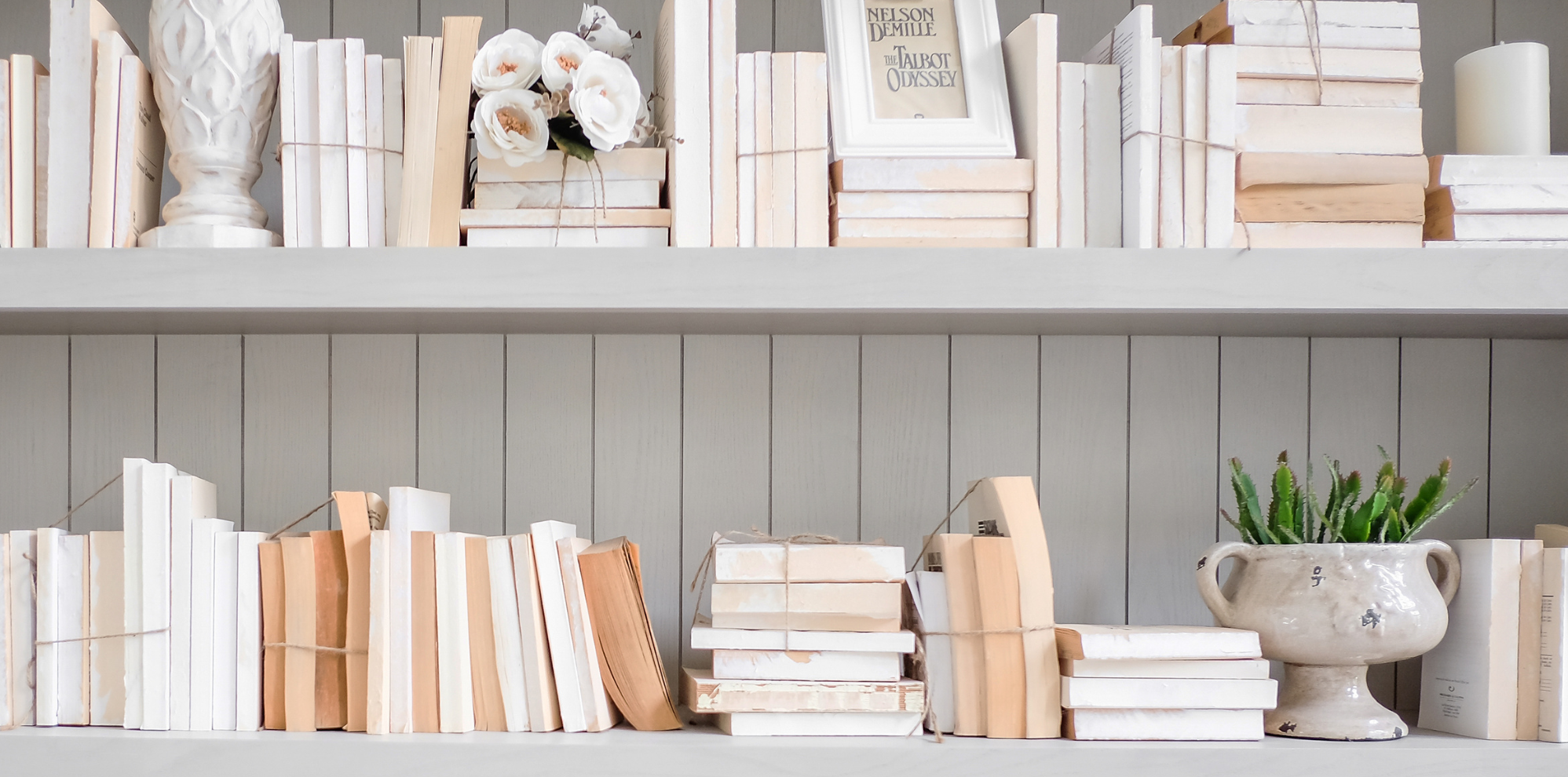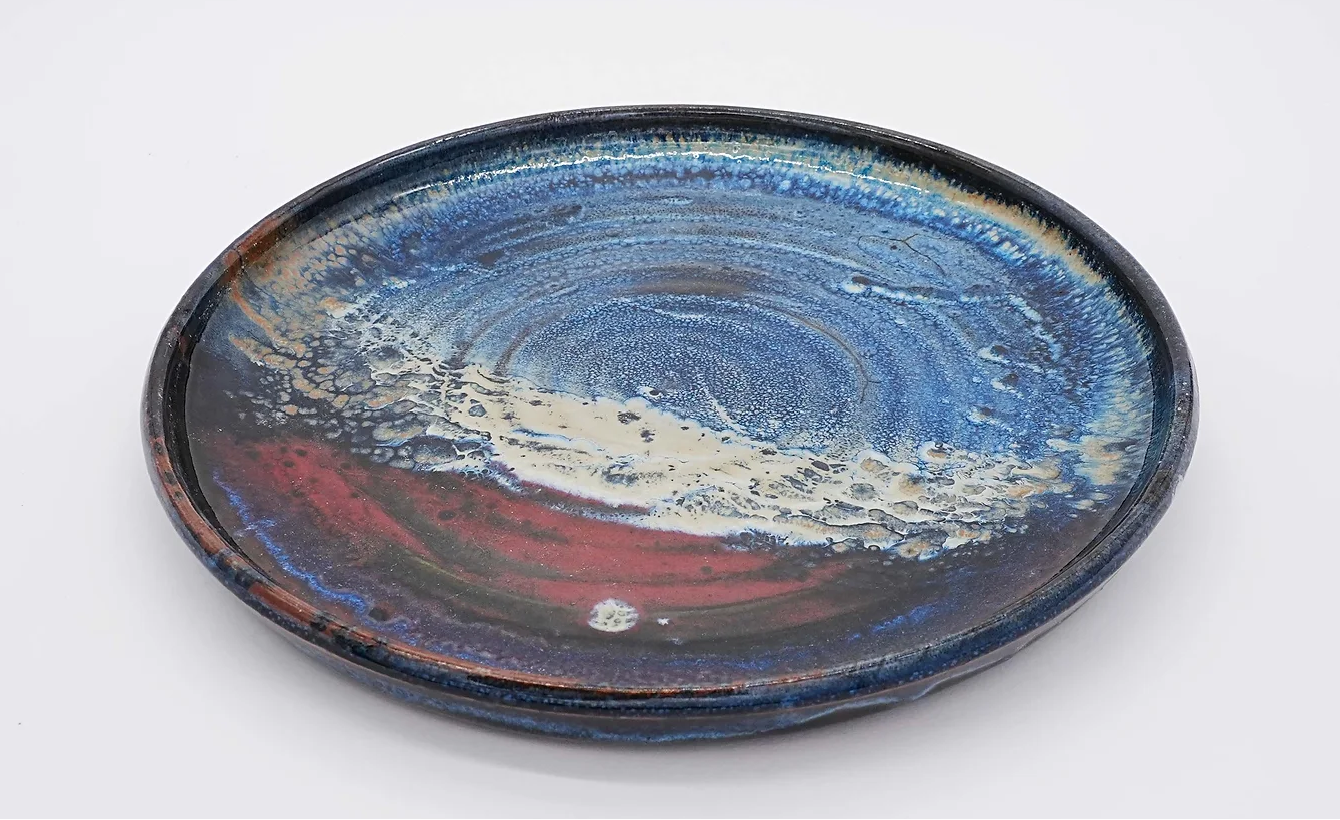Evaluate the price of a ceramic piece

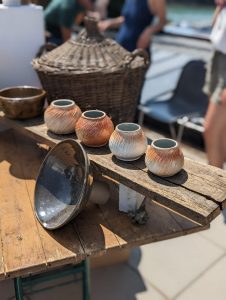
In the previous article, we looked at the costs associated with a kiln, whether electric or gas. The kiln and the fuel needed to operate it are the ceramicist’s most costly expenditure, and it was essential to devote an entire article to this subject. Taking this further, we now want to assess the price of a ceramic piece, to help the potter choose a fair sale price.
The potter knows that the customer, strolling through a potter’s market, often wonders why the price of a handmade ceramic coffee cup is so much more than that of a cup bought in a supermarket. The artist potter must be able to live with dignity from his work and estimate the added value brought by his or her creativity. We will break down the different costs involved and try to see what is really hidden behind the price of a ceramic piece. At the Créamik school, we work with stoneware fired in a gas kiln: this will be our point of reference in the examples we will use here. Calculating the price of your work depends on several factors. Here is a general approach that you could adopt.
Cost of raw materials
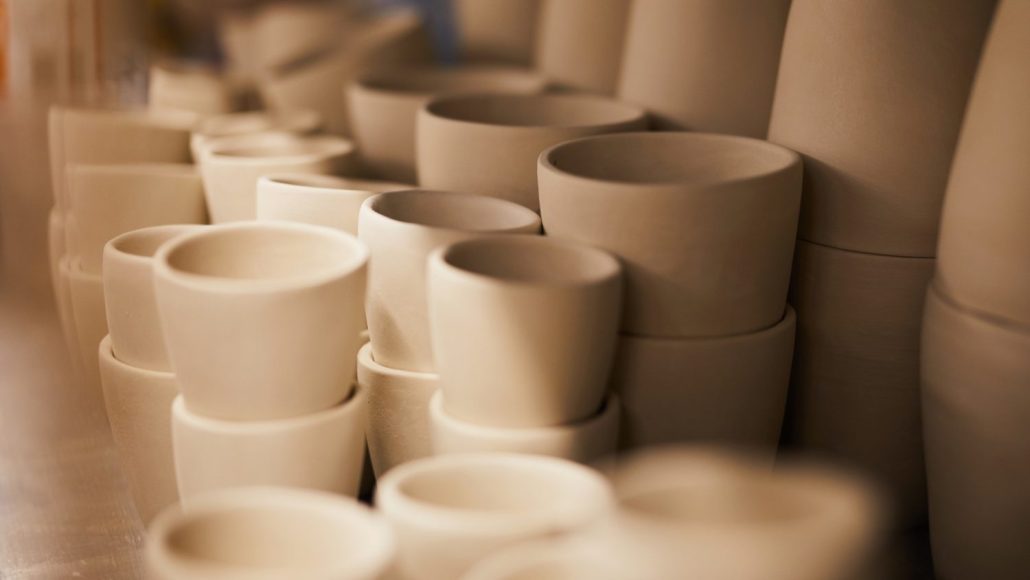
The first cost to consider is the raw material used. You will have to consider their cost for each piece, including the different materials used in your glazes.
Fuel cost

As soon as you have your own kiln, write down all information for each firing: how long it lasted, the number of pieces in the kiln and how much fuel it consumed. In a previous article, we calculated the cost of fuel per firing. You then divide the total cost by the number of pieces fired in any one firing (2 firings per objects, biscuit then glazing) to obtain the cost of fuel per object.
Wear and tear on the kiln
The lifespan of your kiln and its maintenance should also be considered. How much does it cost to have your kiln parts repaired or replaced? By carefully noting the number of pieces in your first firings, you can estimate the number of pieces your kiln will fire throughout its lifespan. Divide the price of kiln maintenance by the number of pieces that will be fired over the years, and you’ll have an idea of what percentage of the final price of the pottery is made up of kiln costs.
Fixed costs
This category includes the rent for your studio, insurance, taxes, National Insurance, advertising (posters, cards, etc), your website: all of these must be considered.
Indirect costs
Do not underestimate costs such as tool replacement, studio maintenance, cost of packaging, cost of transport, fuel when travelling, cost of exhibitions and markets, etc
The potter’s time
And finally, we need to consider the time you spend working on each piece.
When you are an experienced potter, your time will be of great value. How much do you want to be paid per hour? Multiply that by the average number of hours you spend on each piece to get an idea of the value of your compensation. There is a story about the famous ceramicist Shoji Hamada. During a demonstration, a person reportedly pointed out to him that his pottery was very expensive, while the one he was making only took him a few minutes. Shoji Hamada replied: “This vase is 70 years and a few minutes old”. I do not know if this story is true, but it illustrates very well the importance of the time factor in the acquisition of a skill. Experience, talent, originality, fame, all of these are difficult to quantify and yet this is perhaps what will essentially dictate the price of your ceramics.
Net profit and profit margin
You need to add a profit margin to your total cost to make a profit on each sale. This margin depends on your personal and professional objectives, the perceived value of your work, the market . . . The profit margin is an indicator of the good health of your company and therefore of its profitability. The profit margin can be reinvested in the further development of your business, such as buying a pugmill (to significantly reduce the time spent on wedging and reclaiming clay), a new kiln (larger . . .), or a second wheel, an extruder, etc. In short, to buy tools that will allow you to spend less time on tedious and time-consuming tasks, so that you can focus on creating. To calculate your profit margin, start by determining your total revenue, which is the money you receive from selling your output. Subtract all your operating expenses (listed earlier). The result will be your net profit. To get profit margin, divide net profit by total revenue, then multiply by 100 to get a percentage.
Your compensation should be factored into your profit margin calculation as an operating expense, that is, an expense necessary to run your business. In summary, the remuneration of the operator (the potter) is an expense and is part of the operating costs of the business, while the profit margin is an indicator of profitability that measures what remains after having paid all expenses, including remuneration.
Market assessment

When you start selling your work, it’s normal to compare your prices to those of other potters, with a similar skill level and reputation, to make sure your prices are competitive and reasonable. If you sell ceramics but have other sources of income on the side, it is important not to distort the market by selling your work at a very low price, this would harm other potters whose profession is their main source of income.
Example of a stoneware bowl

Let’s take now a stoneware bowl, made with 600 g of clay, fired at 1280°C in 9 hours in a 300 L gas kiln:
1 – Cost of materials: the cost of clay is €0.60 and that of glazes, on average, is €2. The total material cost of a bowl is then $2.60. We consider the price of clay purchased per tonne. As far as glazes are concerned, we use a ballpark figure established from glazes composed both from inexpensive and more pricy material such as cobalt oxide . . .
2 – The cost of fuel: each firing in our 300 L gas kiln, for 9 hours is €18.48. (See our article on the cost of firing) To fire bowls of 15 cm in diameter, we use 8 shelves and place 9 bowls per shelf, which comes to 72 bowls for each firing. The cost of gas will be €0.25 per bowl.
3 – Wear and tear on the kiln: in our example we use the 300 L Brittany kiln which at the time of its purchase cost 8000 €. It does 120 firings per year, therefore 1200 firings in 10 years. The cost per firing is: 8000 €/1200 = 6.66 €. If 72 bowls are fired, €6.6/72 bowls = €0.10 per bowl. Now let’s consider an 80 L professional electric kiln from Céradel, which at the time of its purchase cost 5000 €. This very good quality kiln is entirely made of stainless steel, it does not rust at all. The elements are in tubes, they work well and do not damage the fire bricks when they are at the end of their life. There are elements on 5 walls, which makes firing very efficient. The set of elements is changed every two years for 720 euros. The studio does 3 firings per week, over a 10 month period, which makes 120 firings per year. After 5 years, it is time to change it, it has done 600 firings. The gas kiln is therefore more profitable. Of course, it is not compulsory to change this electric kiln after 600 firings, it still works very well, but its age means that it will become more and more expensive to use.
4 – Fixed and indirect costs: you will discover these with experience, but they can be estimated together at 50% of your turnover.
5 – Hours worked: between throwing, turning, glazing and firing, we estimate the time for our bowl at 25 minutes (not counting wedging, time devoted to glaze research, bookkeeping and accounting, finding sale outlets, etc). Assuming an hourly rate of €40, that’s €0.6 per minute. The labour cost for one bowl is €16.60. It should be noted that the manufacturing cost cannot be constant. It will vary depending on the dexterity of the potter, and the glazing time may vary depending on the complexity of the decoration.
6 – Net profit and profit margin: What percentage of profit do you want to make? We can assume that it is 5% of turnover.
7 – Market assessment: this is not part of the cost calculation, but it is an important step to ensure that your prices are consistent withr the market you are targeting.
The total cost with profit for each bowl is:
€2.60 (materials) + €0.25 (gas) + €0.10 (kiln wear) + €16.60 (work time) = €19.55
19.55: 2 = 9.77 => (fixed costs and indirect costs)
So total 19.55 + 9.77 = €29.32
+5% profit and 5% profit margin = 29.32 + 1.46 = 30.78
We can therefore consider that a good selling price is 30 euros, or 29 euros, if you want it to be more attractive!
In addition, a loss leader is generally necessary, and can be sold between 15 and 25€. It may therefore be necessary to offer smaller bowls, which will sell for 15 and 25 euros, even if this will prove to be less profitable. During a sale, customers will be offered small pots accessible to everyone, and larger, more original pieces, on which the margin will be greater, and which will make your business profitable.

These somewhat tedious calculations are essential to appreciate the real value of the unique work made by a ceramicist. Far from being just a matter of profit, the cost of pottery reflects many factors intrinsic to the ceramic arts. By paying this price, the customer invests not only in a functional object, but also in a piece of art belonging to an ancient tradition, embodying the passion of a craftsman who has devoted time to creating something truly unique. It is you who, through the quality of your work and the extra sensibility you bring, gives value to the object you create from a simple lump of clay!
Learn more about firing with our online glazing course:

Resource centre
animated by Matthieu Liévois,
potter-ceramist for over 40 years and founder of the Creamik School
Find all the courses
Keywords
Don’t miss any more news from the Créamik school!
